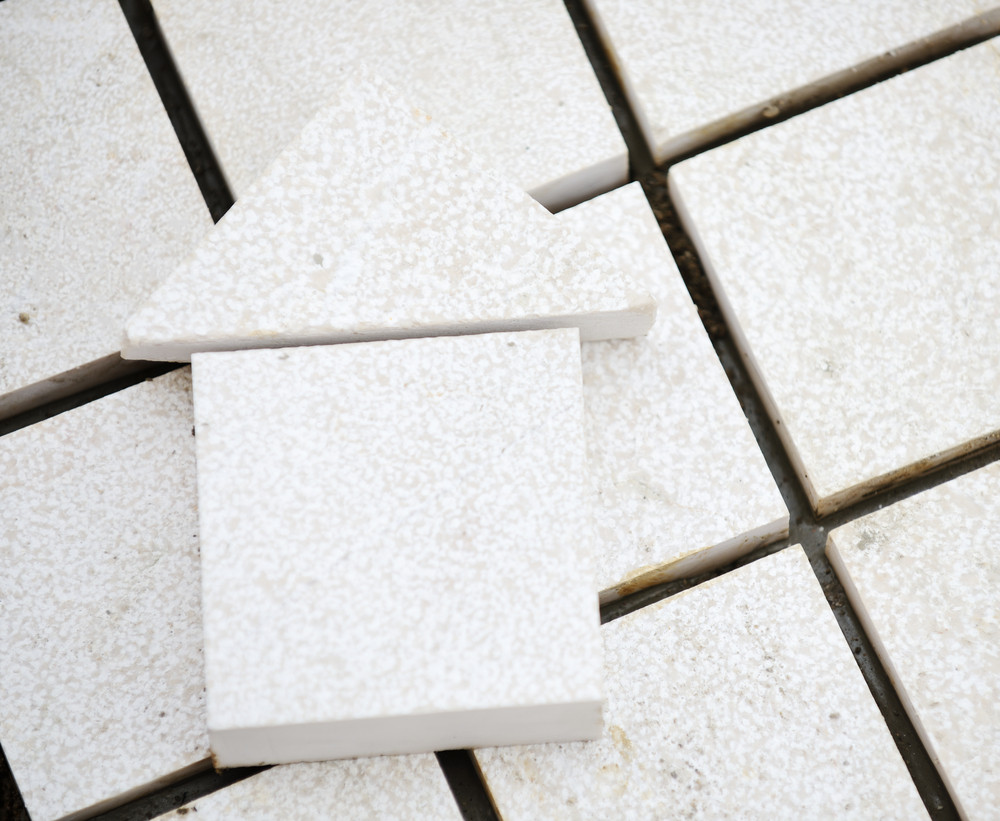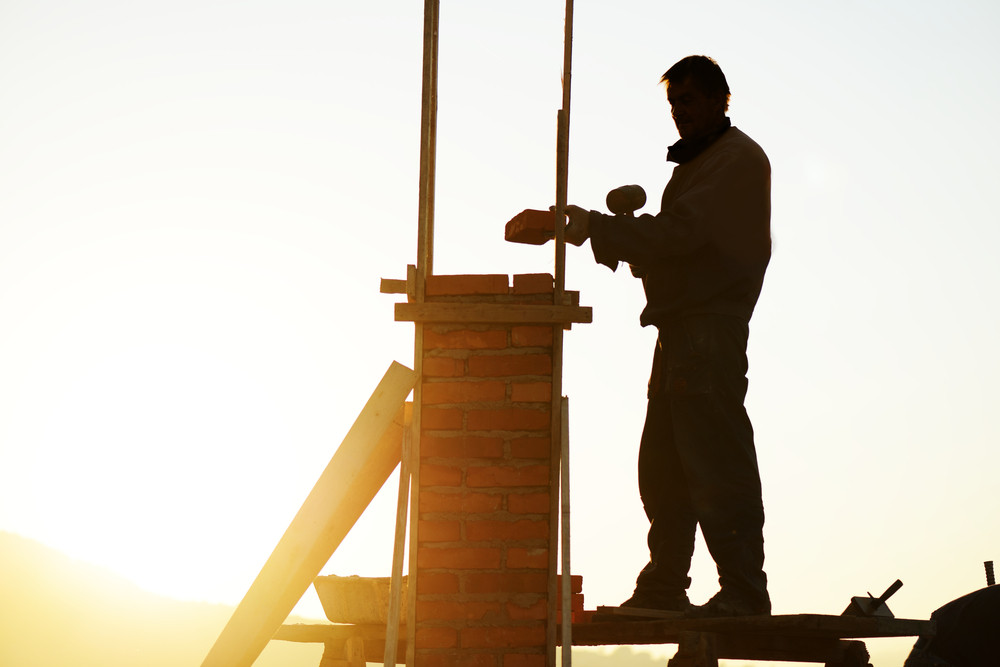
As the colder months approach, many homeowners turn to their chimneys as a source of warmth and comfort. However, without proper maintenance and precautions, chimneys can pose serious hazards, including fires, carbon monoxide poisoning, and structural damage. By prioritizing chimney safety, homeowners can enjoy their fireplace with peace of mind while minimizing risks to their property and loved ones.
Regular Inspections:
One of the most critical aspects of chimney safety is regular inspections by a qualified professional. A chimney sweep or certified chimney inspector can assess the condition of your chimney, identify any potential issues, and recommend necessary repairs or maintenance. Ideally, chimneys should be inspected at least once a year, preferably before the start of the heating season, to ensure they are in proper working order.
Creosote Removal:
Creosote, a byproduct of burning wood, can accumulate inside the chimney over time, posing a significant fire hazard. Regular chimney cleanings are essential to remove creosote buildup and reduce the risk of chimney fires. Homeowners should schedule professional chimney cleanings annually or more frequently if they use their fireplace frequently.
Proper Ventilation:
Adequate ventilation is crucial for the safety of your chimney, as it allows for the proper flow of air and exhaust gases. Blocked or restricted vents can lead to the buildup of harmful gases, such as carbon monoxide, inside the home. Ensure that your chimney and fireplace are properly ventilated and that vents are clear of obstructions, such as debris or animal nests.
Use of Quality Fuel:
The type of fuel used in your fireplace can impact safety. Use only seasoned hardwoods, such as oak or maple, that have been properly dried and cured. Avoid burning softwoods, green wood, or treated wood, as they can produce excessive creosote and other harmful byproducts. Additionally, never burn materials like paper, cardboard, or trash in your fireplace, as they can create dangerous sparks and embers.
Installation of Chimney Caps and Spark Arrestors:
Chimney caps and spark arrestors are essential components of chimney safety. A chimney cap helps prevent debris, animals, and moisture from entering the chimney, reducing the risk of blockages and damage. Meanwhile, a spark arrestor prevents sparks and embers from escaping the chimney and potentially igniting nearby combustible materials.
Education and Awareness:
Finally, educating yourself and your family about safety practices is key to preventing accidents and ensuring peace of mind. Teach children about the dangers of playing near the fireplace or chimney and establish clear guidelines for fireplace usage. Additionally, familiarize yourself with the signs of chimney problems, such as smoke backdrafts, unusual odors, or visible cracks or damage.
By prioritizing chimney safety through regular inspections, creosote removal, proper ventilation, use of quality fuel, installation of chimney caps and spark arrestors, and education and awareness, homeowners can enjoy the warmth and ambiance of their fireplace while minimizing risks to their home and family. With these precautions in place, you can rest easy knowing that your chimney is safe and ready for use.

